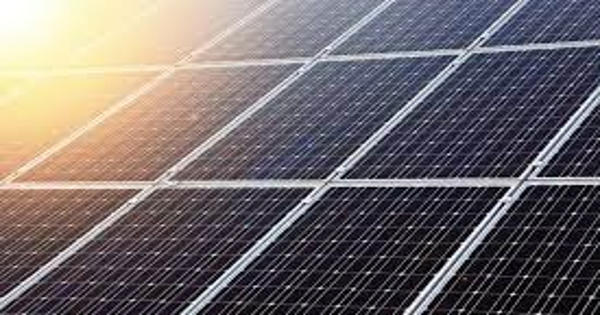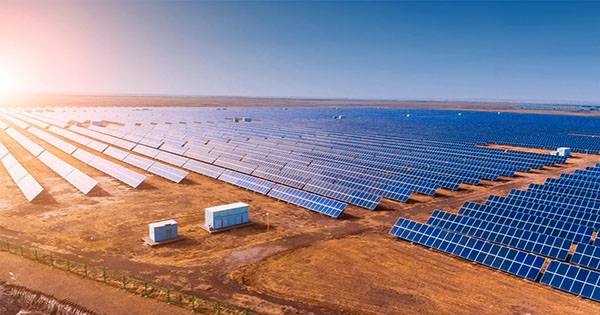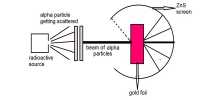With incredibly thin wires of gallium arsenide, (GaAs) semiconductors coupled with existing technology, solar panels with unparalleled efficiency and affordability might be constructed. These semiconductors can be used to make solar cells that have high power-to-weight ratios. GaAs solar cells have high efficiency, but they are so expensive to make that they now only employed in situations where cost is not a factor, like satellites. It is possible that this is soon to change.
The manufacture of wires with p-type GaAs cores surrounding by n-type AlGaAs shells was described in a study published in ACS Photonics by a team from the Norwegian University of Science and Technology (NTNU). The thickness of the wires corresponds to the wavelengths of the sunlight they catch.
Although the 7.7% efficiency is still much behind that of commercial devices, let alone the best created in the lab, the power-to-weight ratio is already quite good. The authors believe they are only getting started with adjusting the size and pitch of the nanowires to boost efficiency.

They see a scenario in which GaAs do not replace silicon, but rather complements it, with GaAs constructed on silicon cell substrates capturing larger quantities of solar energy than is now possible at a reasonable cost.
Silicon cells need high-temperature processing, although it is one of the most plentiful materials on the planet. Gallium, on the other hand, is uncommon and does not naturally concentrate in large amounts.
Only a few hundred tonnes are produced globally each year, posing a challenge to mass-producing millions of solar panels. However, if cells formed of a few atoms thick wires rather than thick GaAs substrates, the economics may change.
“By employing GaAs in a nanowire structure, our research group has discovered a novel approach to produce an ultrahigh power-per-weight ratio solar cell that is more than 10 times more efficient than any previous solar cell,” NUST Professor Helge Weman said in a release.
“To develop the nanowires, we adopt a vertically standing semiconductor nanowire array structure on an inexpensive and industry-friendly Si substrate.” Even better, if the silicon substrate is a silicon cell in and of itself, the two can work together to capture up to 40% of the energy in the sun.
GaAs collect blue and ultraviolet light more efficiently than silicon, but it allows red and orange photons to pass through, allowing the silicon below to collect them. This could theoretically increase the efficiency of current commercial solar panels.
If lightweight substrates such as graphene are used instead of silicon, the cells will be extremely light and flexible, making them appropriate for powering drones while being less efficient and perhaps more costly. “We grew the nanowires using a technology called MBE (molecular beam epitaxy), which isn’t a tool that can generate materials in large quantities,” said Anjan Mukherjee, first author, and candidate. However, the researchers anticipate that metal-organic vapor deposition, which is more suited to scaling, will also work for nanowire production.
Solar power is now competitive with fossil fuels, thanks to silicon cells, which have dominated the market. However, there is a popular belief that they have progressed to the point where they are virtually as excellent as they can be. Indeed, for the first time in years, the cost of solar panels is rising because of polysilicon shortages, which are jeopardizing the financial feasibility of numerous projects. Gallium arsenide has a lengthy history as a semiconductor and a number of properties that make it ideal for solar cells, including a larger bandgap that allows it to extract more energy from high-frequency photons and improved conductivity.















